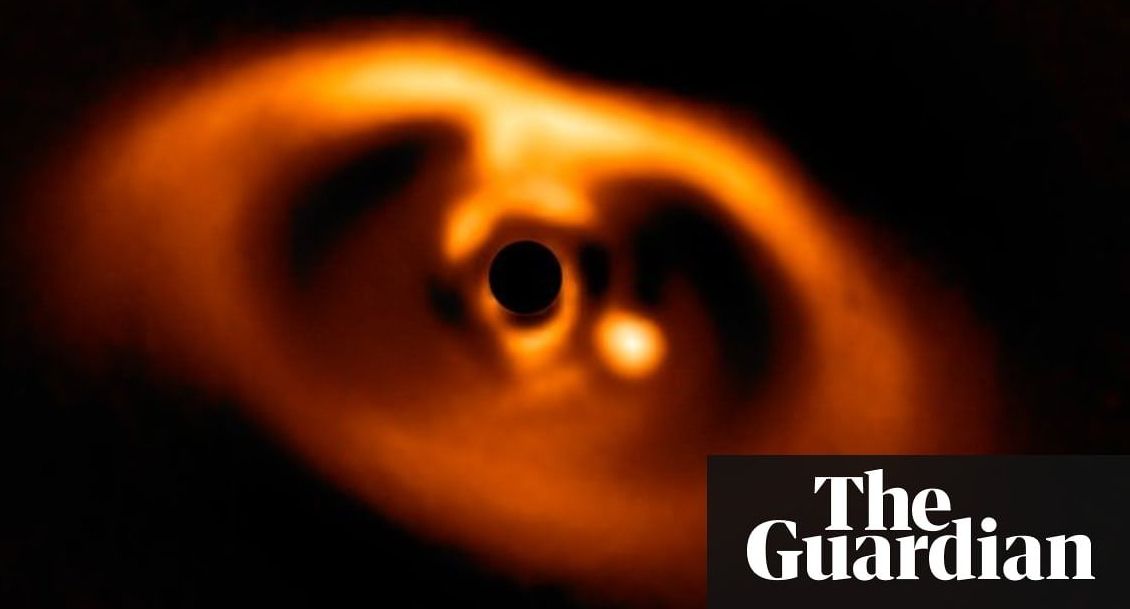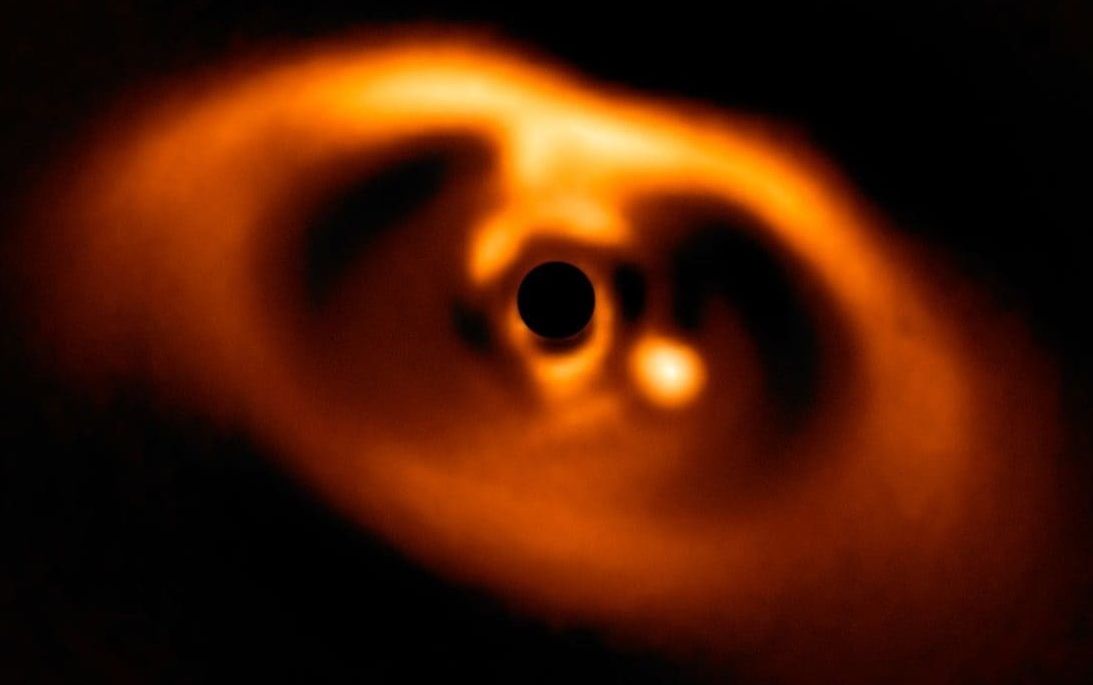Galaxies collide with each other on a pretty regular basis. Our own Milky Way, for instance, has gobbled up dozens of smaller galaxies in the past, and Andromeda is currently hurtling towards us at 109 km (68 mi) per second. An international team of astronomers has now found evidence of a celestial smash-up between the Milky Way and an unknown dwarf galaxy that took place around eight to 10 billion years ago, and forever changed the face of our home galaxy.
According to the researchers, the evidence for this cosmic collision is all around us, from the bulge at the center of the Milky Way to the spread-out halo at the very fringes. The now-defunct dwarf galaxy has been dubbed the “Gaia Sausage,” after the ESA’s Gaia satellite used to plot out the trajectories of its stars, and the apparent shape those measurements revealed.
“We plotted the velocities of the stars, and the sausage shape just jumped out at us,” says Wyn Evans, co-author of the study. “As the smaller galaxy broke up, its stars were thrown out on very radial orbits. These Sausage stars are what’s left of the last major merger of the Milky Way.”






